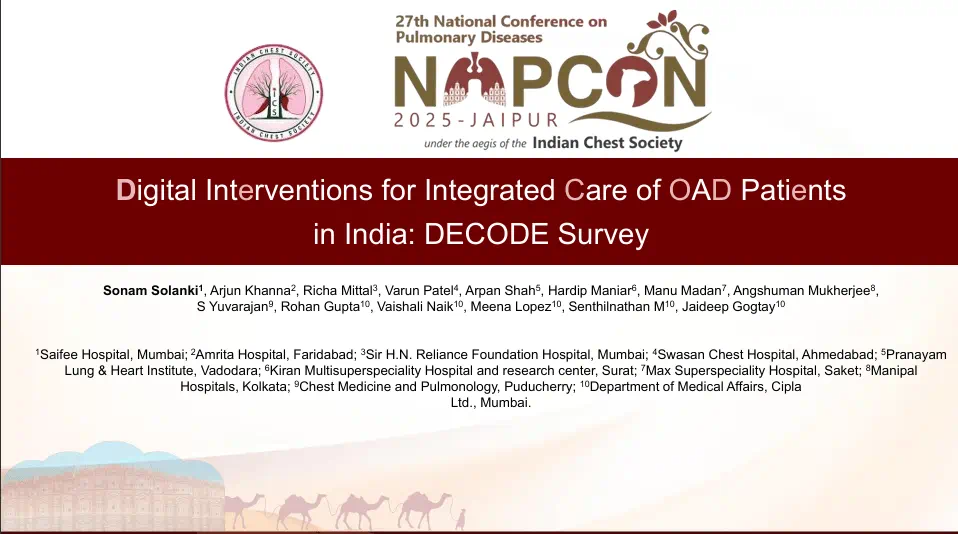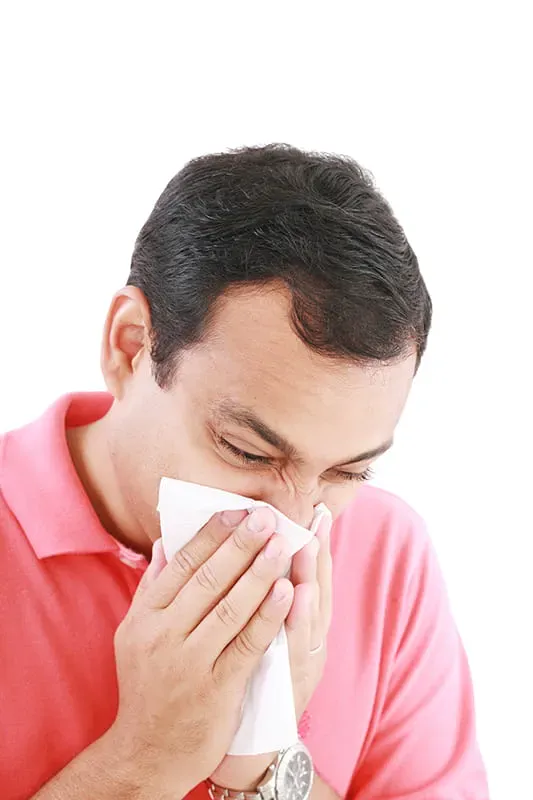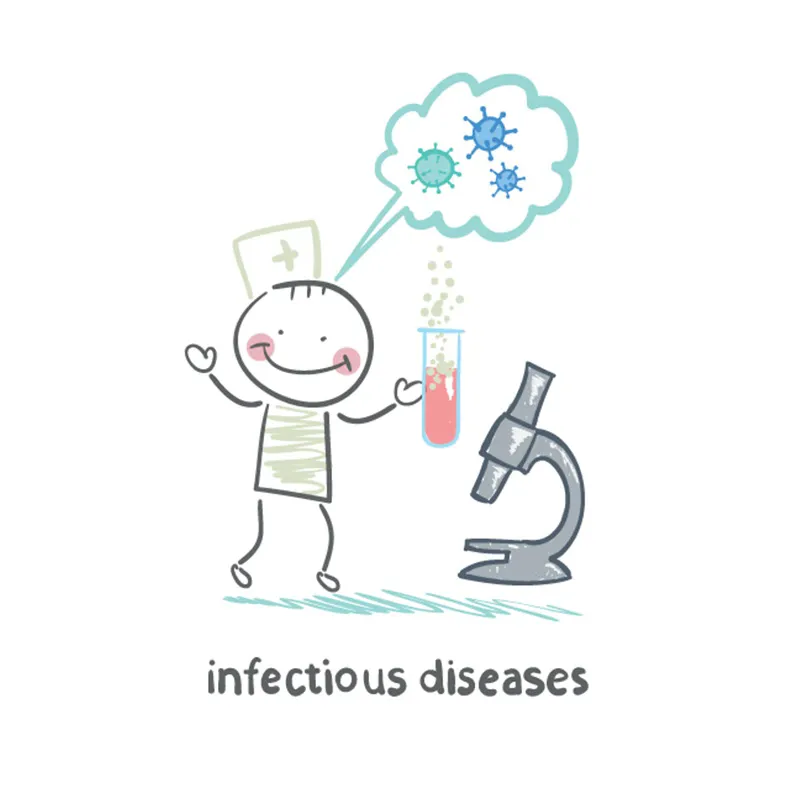Indoor Pollution Increases the Risk of Acute Respiratory Infections in Children Aged below Five Years in India
Introduction
Acute respiratory infections (ARI) contribute majorly towards neonatal and child mortality, world-wide. Although India has worked extensively towards curbing the mortality among children by implementing strategies that would reduce child mortality as well as the incidence of preventable diseases such as pneumonia, it remains to be one of the largest contributors towards under-five mortality globally. Indoor pollutants significantly increase the risk of pneumonia in children. Cooking with biomass fuels are major sources of indoor pollution in developing countries like India.
Aim
To elucidate the impact of indoor pollution on ARI among children aged below five years in India
Study Participants
- Children under the age of five years (n=247,743)
Methods
Study Design
- A cross-sectional study based on data from the 2015– 2016 National Family Health Survey (NFHS-4) conducted across India
Outcomes
- Incidence of ARI in children
Results
- Of the entire study population, 2.7% suffered with ARI in past two weeks preceding the survey.
- Use of biomass fuels for cooking was reported in nearly two-thirds of households (65.2%). Nearly 54.9% of households had a separate kitchen, and 47.2% of households had a smoker.
- As per a multivariable adjusted analysis, risk of developing ARI was higher among children from households that used biomass fuels, households that had no separate kitchen, and households that had smokers (Table 1).
|
Type of household |
Yes |
No |
Odds ratio (95% CI) |
P value |
|
Use of biomass fuels |
2.9% |
2.4% |
1.10 (1.01–1.20) |
<0.03 |
|
Household without a separate kitchen |
2.4% |
3.1% |
1.22 (1.14– 1.30) |
<0.001 |
|
Household with smokers |
2.9% |
2.6% |
1.06 (1.00–1.12) |
<0.001 |
- As per the multivariate analysis, children living in households using clean fuels without a separate kitchen also had a 27% increased risk of ARI (adjusted odds ratio [AOR]: 1.27, 95% CI: 1.13–1.41). Children from households using biomass fuels with separate kitchen had a 13% increased likelihood of ARI (AOR: 1.13, 95% CI: 1.01–1.26).
- Moreover, the combined effects of biomass fuels and households without separate kitchen was associated with a 35% increased likelihood developing ARI in children (AOR: 1.35, 95% CI: 1.21–1.51).
- The incidence of ARI was slightly higher in children staying in crowded households vs. those who had less than three persons living per room (2.8% vs. 2.7%, p<0.001).
- The risk of ARI was slightly lower in children aged 12–35 months (OR: 0.91, 95% CI: 0.84–0.98) and 36–59 months (OR: 0.68, 95% CI: 0.63–0.74) as compared with children aged 0–11 months.
- Female children were less likely to suffer with ARI (OR: 0.85, 95% CI: 0.80–0.90) as compared with male children. Children in birth order of three or above had a higher risk of having ARI (OR: 1.19, 95% CI: 1.10–1.28) as compared with those of birth order below three.
- The likelihood of ARI decreased with the increasing age of mothers, with children of mothers aged 25–34 years (OR: 0.89, 95% CI: 0.83–0.96) and 35–49 years (OR: 0.87, 95% CI: 0.77–0.99) being less likely to suffer with ARI than those whose mothers aged 15–24 years.
Conclusion
- Acute respiratory infections pose as a serious public health problem in India leading to high neonatal and child mortality.
- Indoor pollution substantially increases the risk of ARI in children aged below five years.
- Policy interventions that would reduce the exposure of indoor air pollution, particularly among the impoverished groups are warranted.
- The government should ensure cleaner fuels for cooking, such as LPG and electricity, to cut down the risk of respiratory diseases among children.
PLoS One. 2020 Aug 14;15(8):e0237611. doi: 10.1371/journal.pone.0237611.









